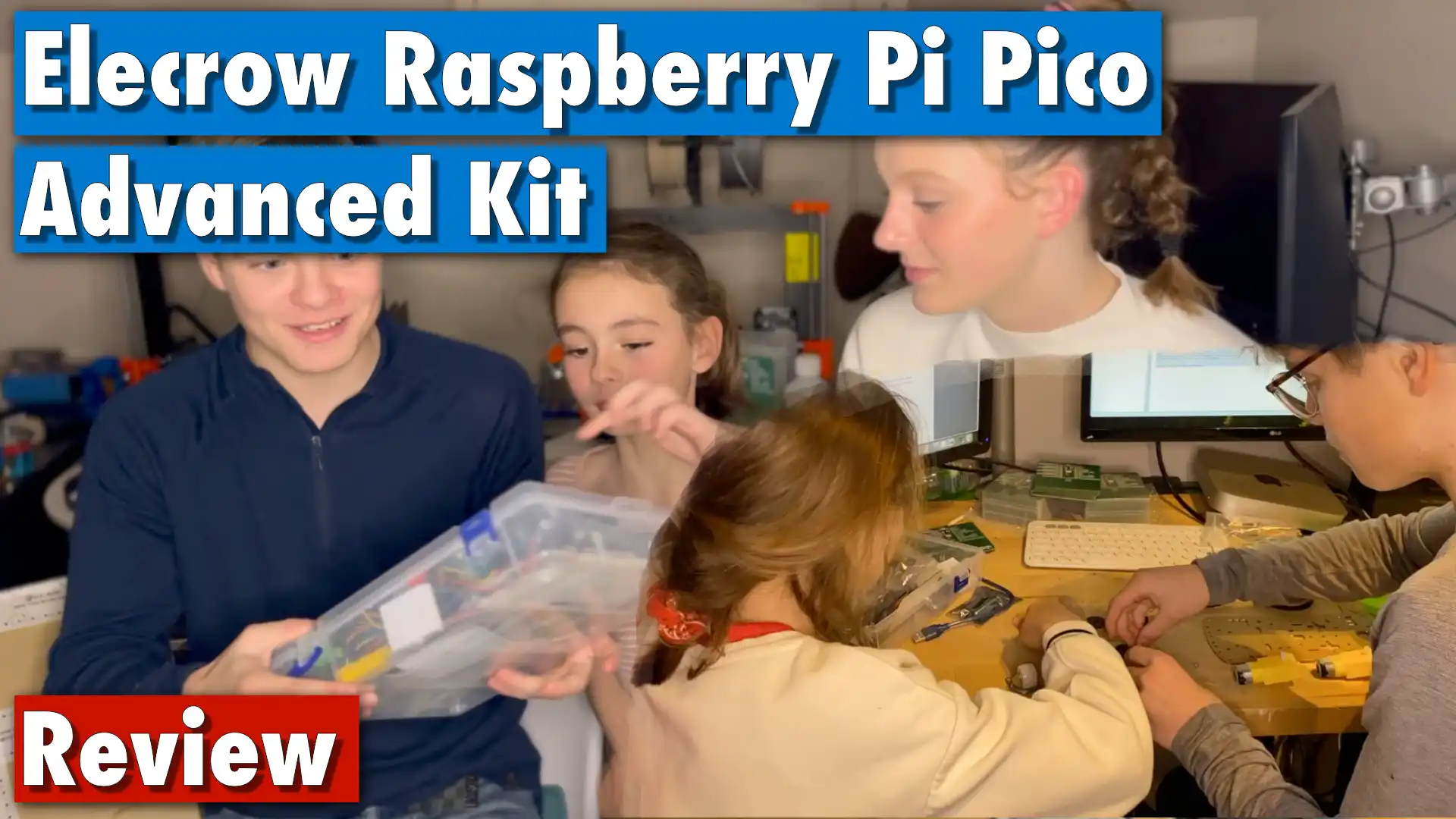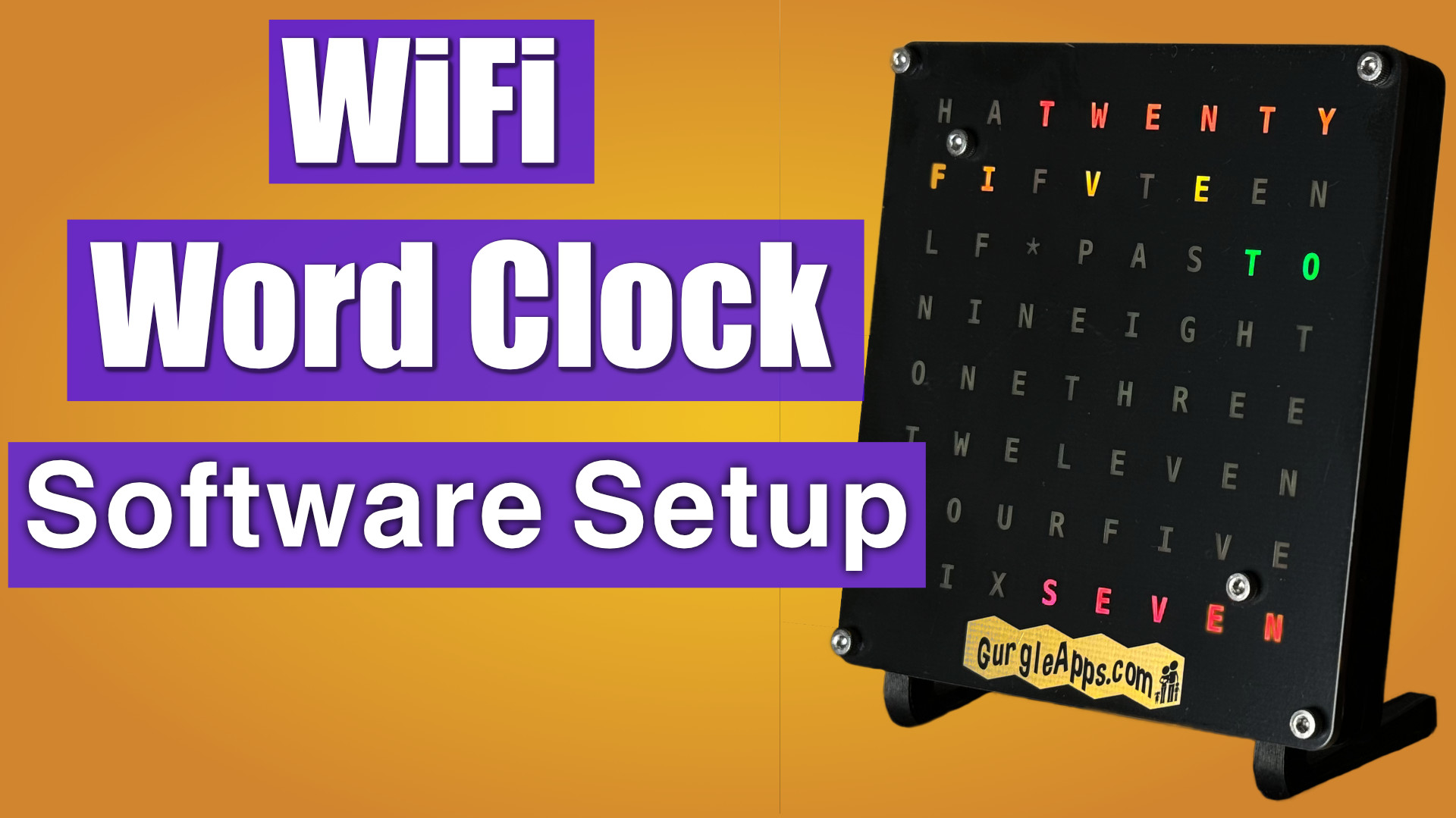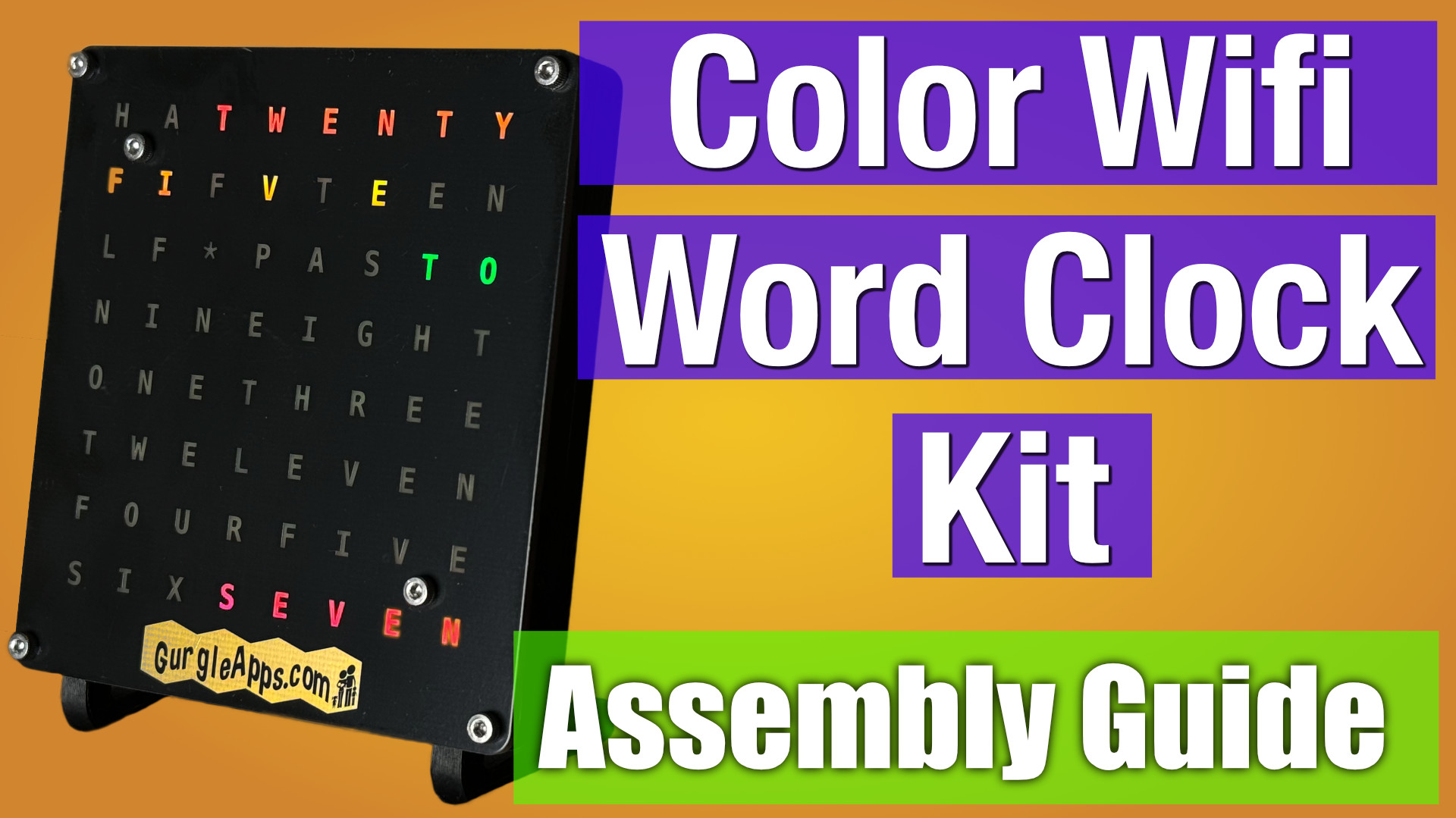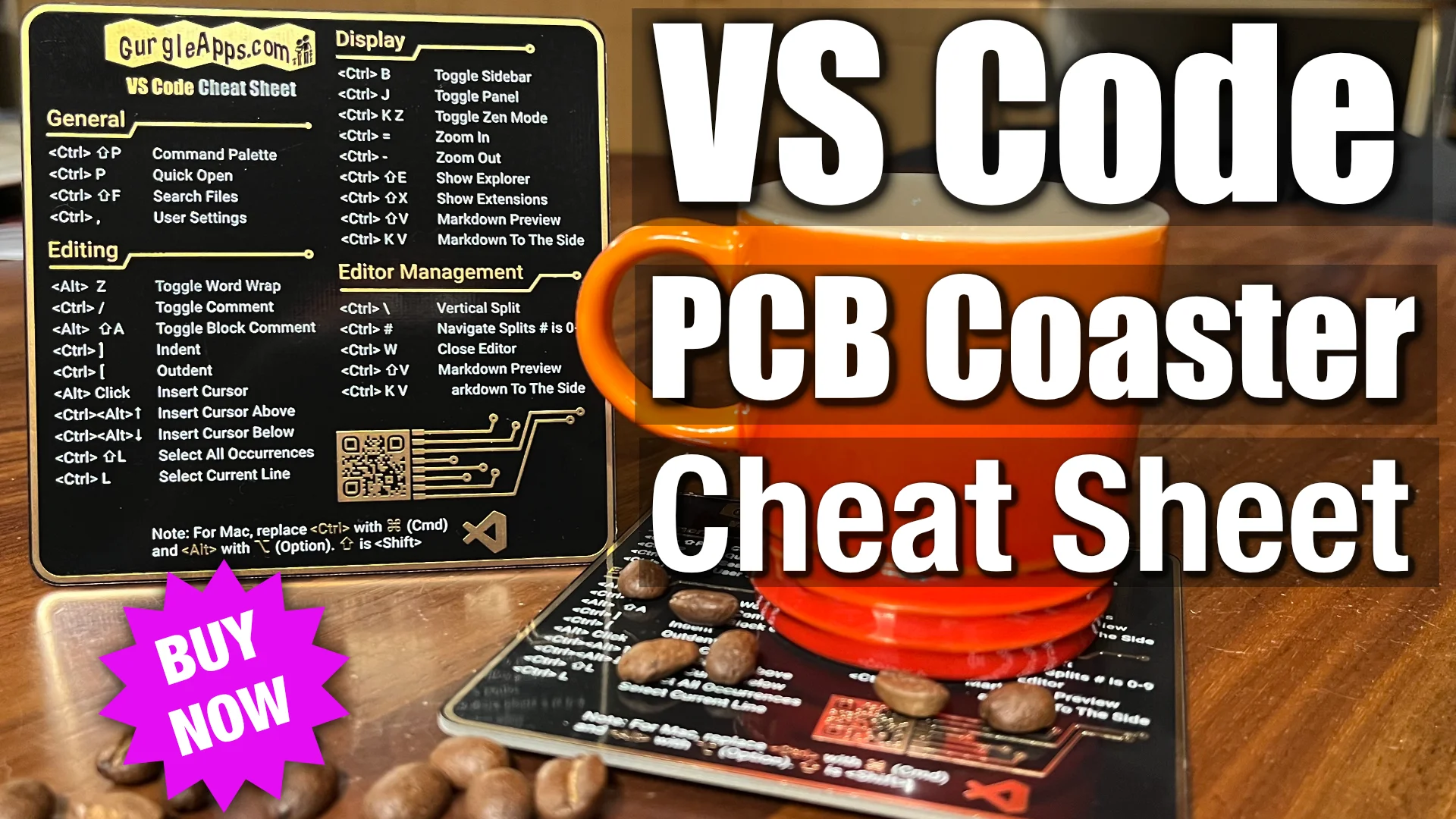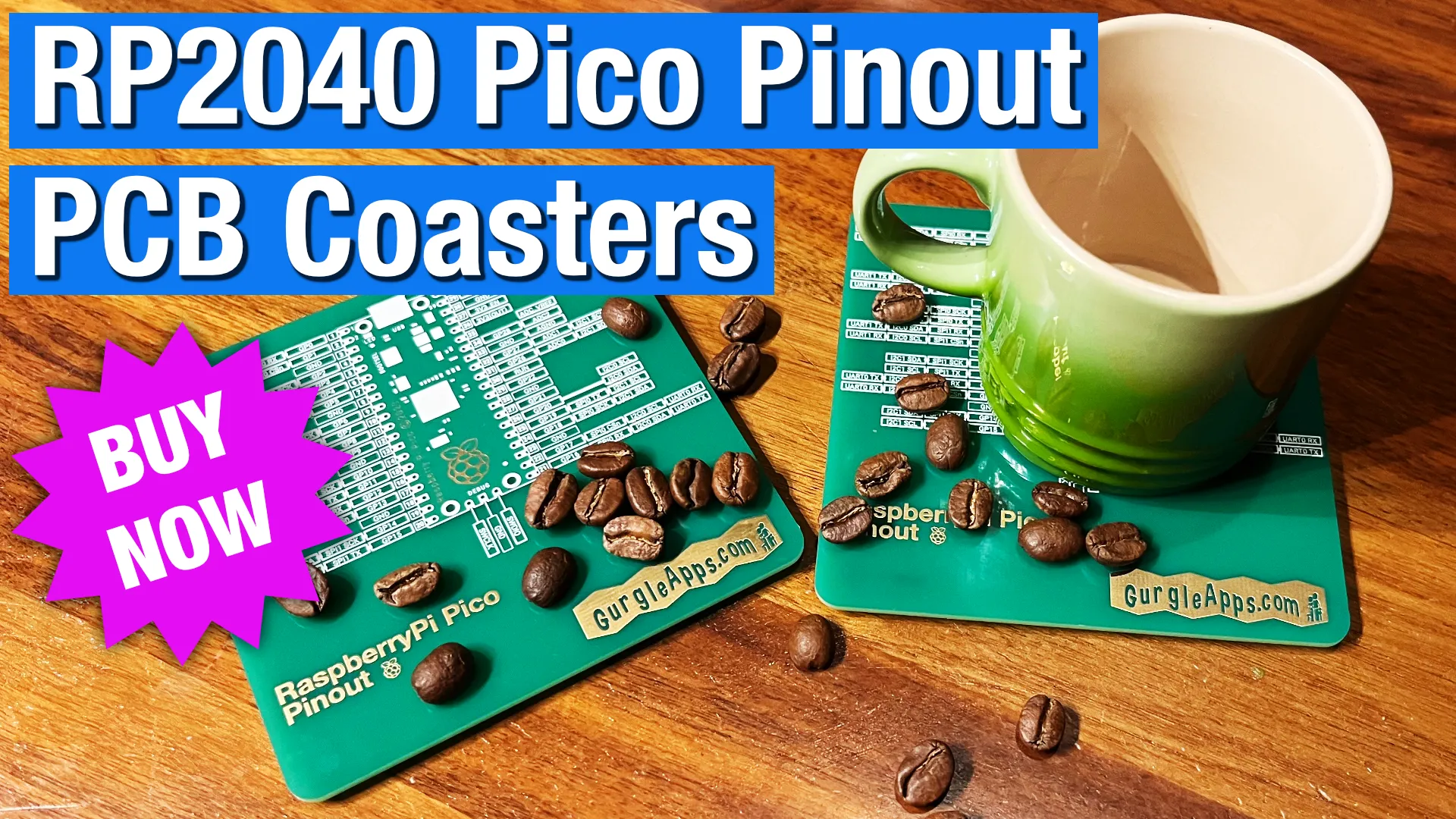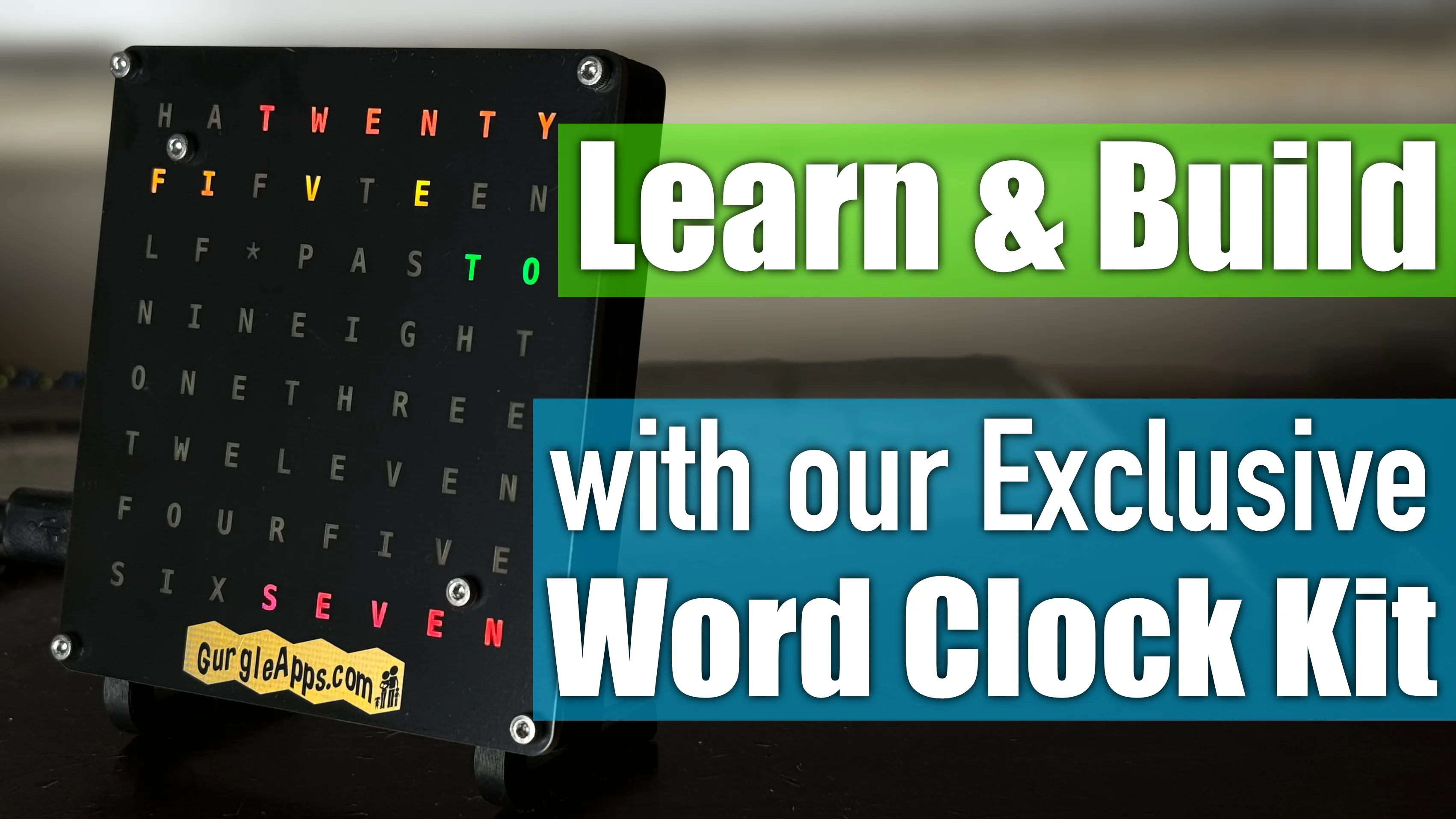
Pimoroni Tiny 2040 and Raspberry Pi Pico - Watch Before You Buy!
Here we review the Pimoroni Tiny2040. The new RP2040 board.
Overview
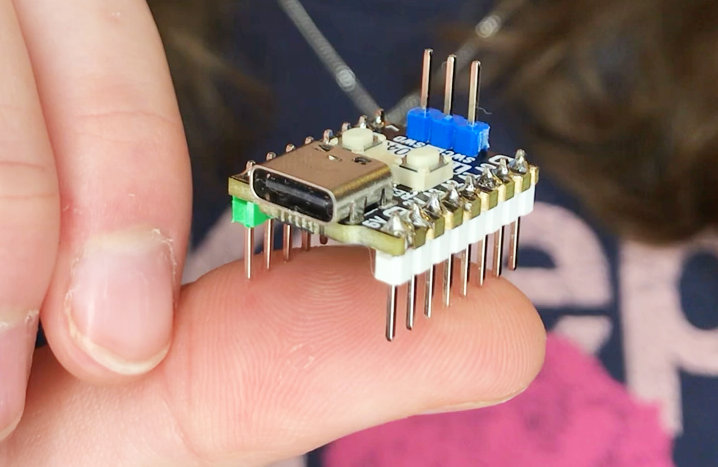
We were one of the first lucky people to get our hands on the Raspberry Pi Pico and already it has another RP2040 board to keep it company. We take our first look at the features & compare it to the Raspberry Pi Pico - SPOILER - We love it! We take a look and see if we can do the same Raspberry Pi Pico Projects on the Pimoroni Tiny 2040 which is more than half the Picos size and compare and contrast these 2 amazing microcontroller boards.
Video Review And Demo
Deep Dive
Size
We really love our Tiny 2040 it's well named as it really is tiny (less than half the size of a pico) with all of the speed and power of the Raspberry Pi Pico. The Tiny 2040 fits on the mini breadboards we like to use but the Pico doesn't. It's also 1 breadboard row narrower.
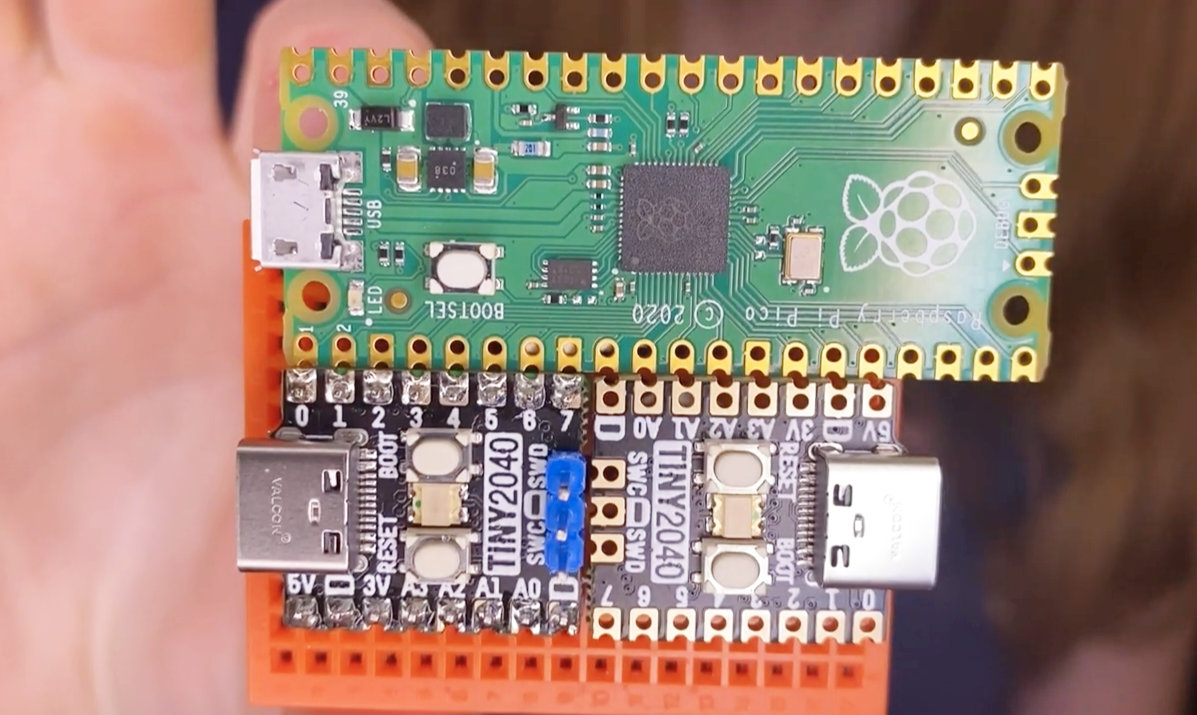
What You Lose
Obviously you only get 12 of the Pico's 26 GPIO pins due to the size, and you only get 1 x SPI. For the lion's share of our projects that is more than enough.
What You Gain
You get 4×12-bit ADC pins to the Pico's 3 so and extra one there and other goodies include an RGB LED, a Reset Button (Yippee), and a USB C port which we prefer to the Pico's micro USB port.
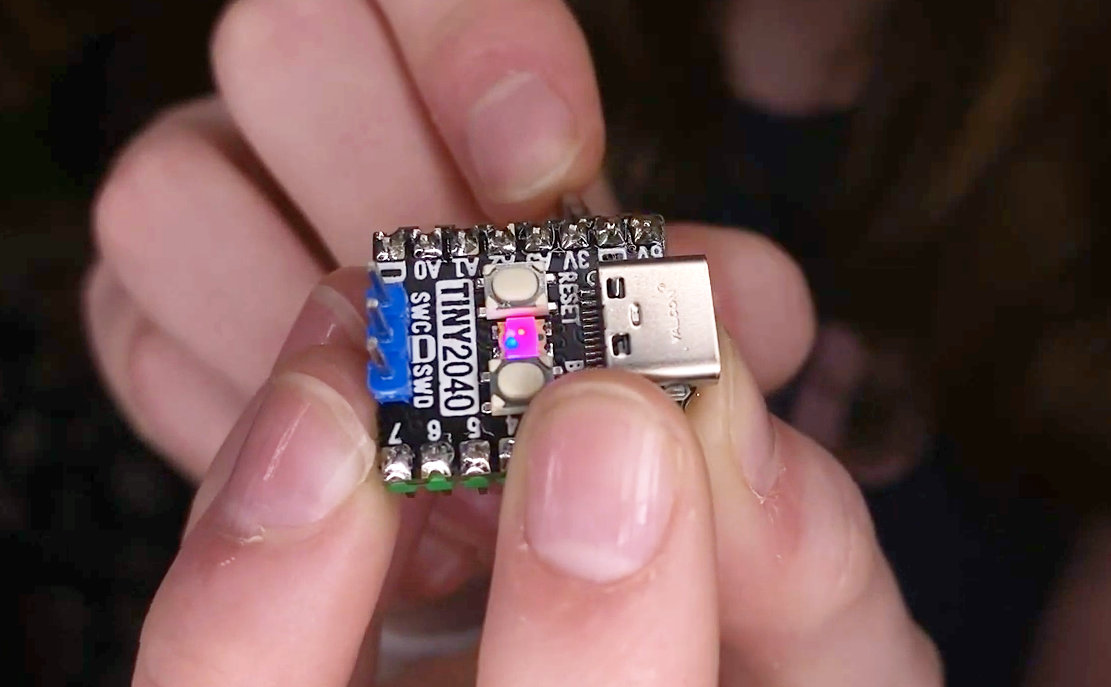
You also get 4 times the flash storage of the Pico with 8MB.
Pin Labelling
Another advantage we found was the pin labelling. It is clearer on the Tiny 2040 than Pico and is on the opposite side to the chip, personal preference but we like it this way.
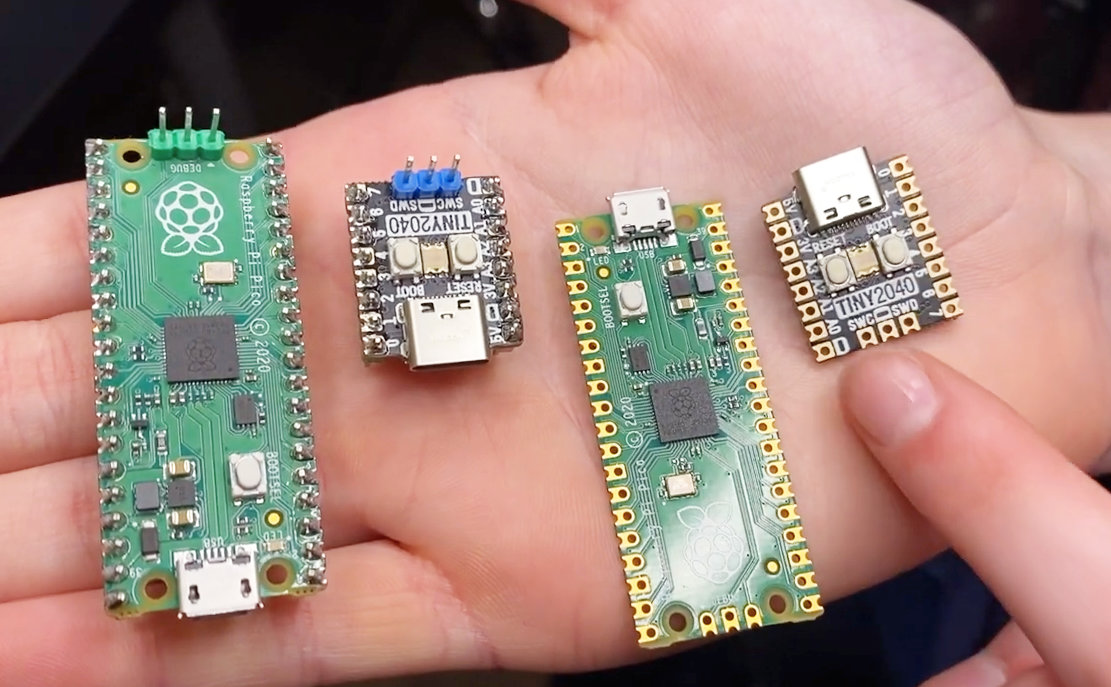
Software And Testing
We tested MicroPython, CircuitPython, and C finding no difference between the 2 devices. Everything seemed to work well on both.
Conclusion
We love the Tiny 2040, we have half a dozen and reach for them if we can before our Picos. We only wish they were as cheap, they don't exactly break the bank but at the time of writing the Tiny2040 is 3 times the price of a pico.
Related Posts

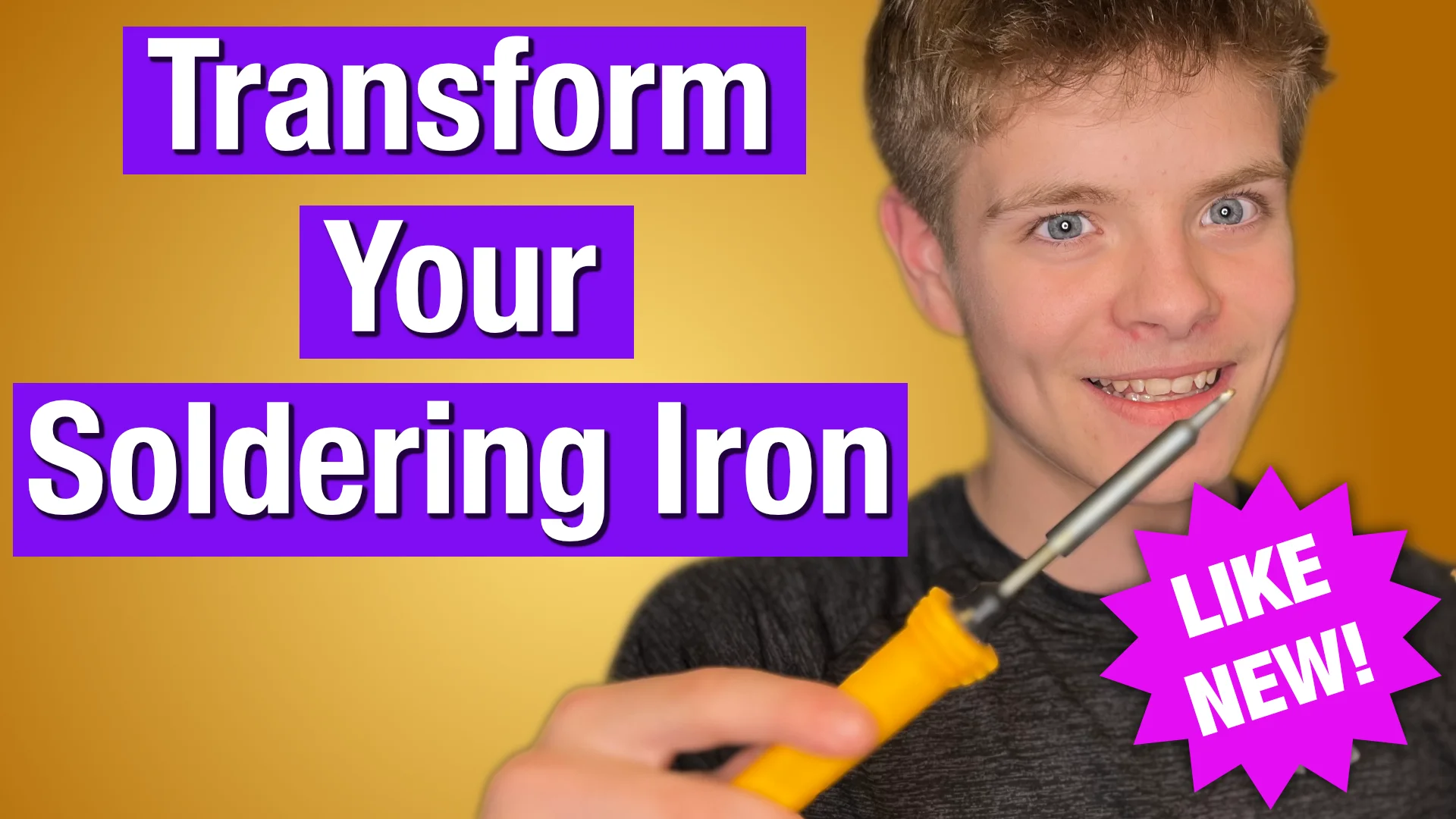
Transform Your Soldering Iron With Tip Tinner
